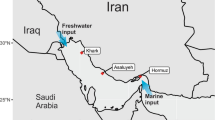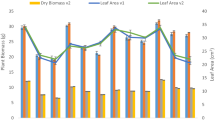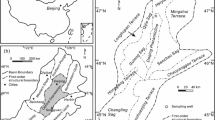Abstract
The chemical composition of the petroleum products accidently or deliberately released in the environment varies considerably with time under the action of biological (biodegradation) and physico-chemical (photo-oxidation) processes. It becomes more and more difficult to trace the origin of the oil spilled. A technique widely used for monitoring ancient oil pollutions is the study of oil biomarkers like terpanes and steranes^1,2^. Here we show that the geochemical technique of asphaltenes pyrolysis can be successfully applied to environmental samples. This method allows the reconstitution of the original oil from the asphaltenes fraction of severely degraded oil residues. We applied the two techniques: biomarkers analysis and pyrolysis of asphaltenes to the long-term characterisation of the Amoco Cadiz oil 23 years after the spill in the salt marshes of Ile Grande, Northern Brittany, France. The results show that the oil reached the ultimate degradation stage. The total biodegradation rate was 60% relatively to initial oil. The asphaltenes pyrolysis generated a gas-chromatographic profile very similar to the original Amoco Cadiz oil. In the biomarkers fraction, gas chromatographic/mass spectrometric (GC/MS) analyses demonstrated that terpanes were conserved whereas steranes were partly degraded. We also showed that the class of seco-hopanes biomarkers are conserved and can be used in the long term monitoring of oil pollutions.
Similar content being viewed by others
Article PDF
Author information
Authors and Affiliations
Corresponding author
Rights and permissions
About this article
Cite this article
Oudot, J., Chaillan, F. Pyrolysis of asphaltenes and biomarkers for the fingerprinting of the Amoco Cadiz oil spill after 23 years. Nat Prec (2009). https://doi.org/10.1038/npre.2009.2975.1
Received:
Accepted:
Published:
DOI: https://doi.org/10.1038/npre.2009.2975.1



